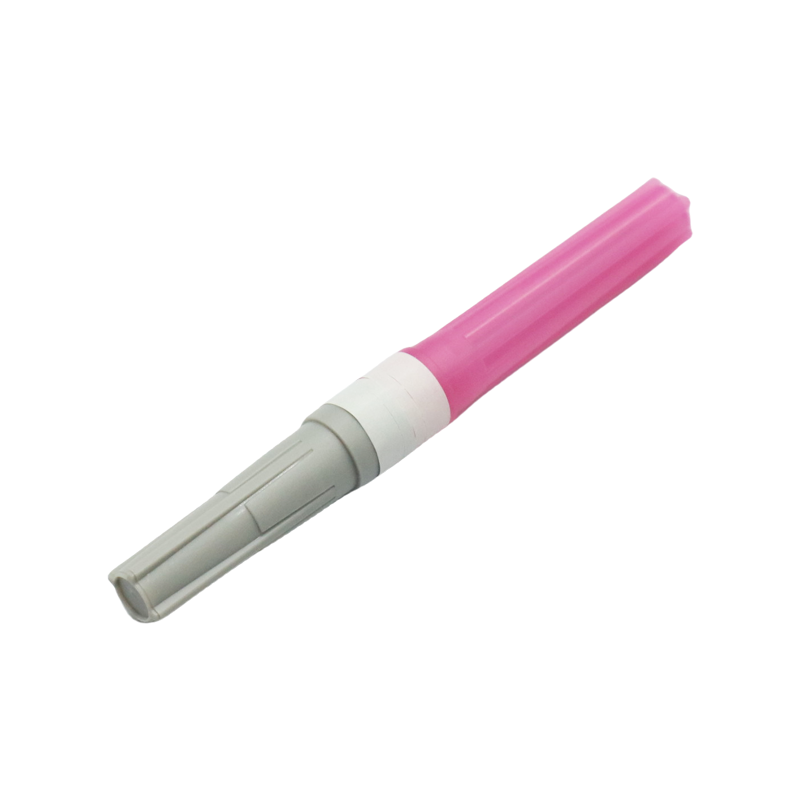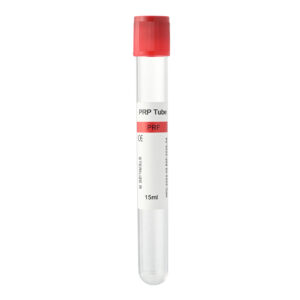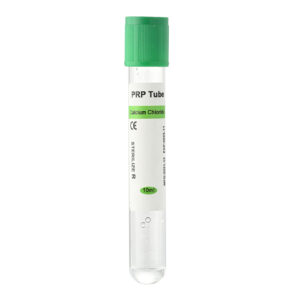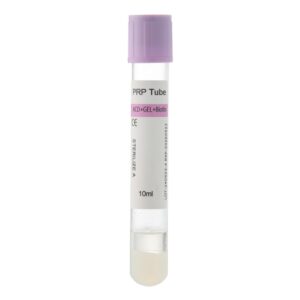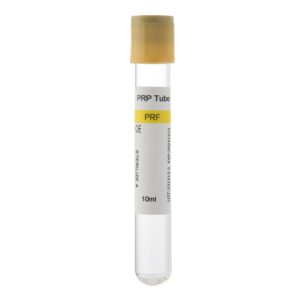A blood collection needle is a medical instrument to obtain blood samples from a patient. It plays a critical role in modern medicine and is essential for blood tests, disease screening, and treatment monitoring. With advancements in medical technology, the design, materials, and methods of blood collection needles have continuously improved to enhance comfort, accuracy, and safety.
Structure of a Blood Collection Needle
A blood collection needle features a precise and carefully designed structure, which typically includes the following components:
- Needle Tube
Manufacturers typically make the needle tube, the main body of the blood collection needle, from high-strength stainless steel. It must have sufficient durability to ensure smooth penetration during the blood collection. The surface of the tube is smooth, preventing cracks or deformation, which helps minimize friction and reduces the risk of damage to blood vessels. - Needle Tip
Manufacturers make it using high-precision techniques, ensuring that it remains sharp enough to quickly and accurately pierce the skin. The needle tip design also considers patient comfort, reducing pain during collection. - Hub (Connector)
The hub is the needle part that connects to other medical devices, such as blood collection tubes or bags. Manufacturers typically make it from durable, non-corrosive plastic to prevent blood sample contamination. - Safety Features
To protect healthcare professionals from accidental needle stick injuries, many modern blood collection needles come with safety features, such as automatic retractable needles. These safety mechanisms help minimize the risk of accidental injury and ensure the safety of medical staff.
Types and Applications of Blood Collection Needles
Blood collection needles come in several types based on their specific uses and designs. These include:
- Standard Blood Collection Needle
The standard blood collection needle is the most common type for general blood collection. It is simple in design and is ideal for venipuncture in adult patients. This type of needle is typically used with a vacuum blood collection tube, which draws blood via negative pressure. - Butterfly Needle
The butterfly needle has a distinctive shape resembling butterfly wings. This type of needle is used for smaller, more precise blood collections, often in patients with difficult veins, such as children, the elderly, or those with smaller veins. The flexible design offers greater comfort and reduces pain during the procedure. - Vacutainer Needle
A vacutainer needle is typically used with a vacuum blood collection tube. The negative pressure in the tube helps automatically draw blood, making the collection process faster and more efficient. This type of needle is commonly used in large-scale blood testing, health screenings, and routine check-ups. - PRP Blood Collection Needle
A PRP (Platelet-Rich Plasma) blood collection needle is designed to collect blood plasma rich in platelets, typically used in medical treatments such as joint therapy or cosmetic procedures. These needles may include specialized filtration devices to separate platelets from other blood components. - Special Purpose Needles
Blood collection needles are also designed for specific medical needs, such as those used for blood transfusions or donations. These needles often have special features to meet the demands of the procedure and ensure patient safety.
The Process of Using a Blood Collection Needle
Using a blood collection needle follows a structured procedure to collect blood samples safely and effectively while minimizing patient discomfort. The typical steps include:
- Selecting the Collection Site
Healthcare professionals will carefully select an appropriate vein for blood collection. Common sites include the antecubital fossa (inner elbow). The hands or other areas may be chosen if the veins are difficult to locate. - Disinfection and Preparation
Before inserting the needle, the healthcare provider must disinfect the skin at the collection site to prevent infection. Afterward, they select the appropriate blood collection needle and any necessary tools like a tourniquet, collection tubes, or gloves. - Blood Collection
Once the healthcare provider inserts the needle into the vein, blood flows into the collection tube through either vacuum pressure or gravity. After they collect sufficient blood, they remove the needle and apply pressure to the puncture site to stop any bleeding. - Post-Collection Care
After the blood collection, healthcare providers apply pressure to the puncture site to ensure proper hemostasis. They then send the blood sample to the laboratory for analysis and typically give the patient a bandage or other form of dressing.
Quality Standards for Blood Collection Needles
The quality of a blood collection needle directly impacts the accuracy of the blood sample and the safety of both the patient and the healthcare provider. As such, strict quality standards must be followed during manufacturing. Key quality considerations include:
- Material Safety
The materials used to make blood collection needles must be non-toxic, non-irritating, and safe for medical procedures. Manufacturers typically make the needle tube from stainless steel or titanium alloys, while they make the hub and other components from medical-grade plastic. - Needle Sharpness and Precision
The needle tip must be sharp enough to penetrate the skin and vein easily, minimizing pain and tissue damage. Blunt or poorly designed needles can cause injury to blood vessels and complicate the collection process. - Sterility and Hygiene
Blood collection needles must be sterile before use to prevent the risk of infection. Most disposable blood collection needles come pre-sterilized and are individually packaged in sealed, sterile packaging to maintain their sterility until use. - Compliance with International Standards
Blood collection needles must comply with international quality certifications, such as ISO, CE, and FDA standards. These certifications ensure that the needles meet safety and performance requirements and are suitable for use in healthcare settings worldwide.
Conclusion
Blood collection needles are essential tools in the medical field, playing a pivotal role in diagnostics, treatment monitoring, and research. With continuous advancements in design and safety features, blood collection needles are becoming more efficient, comfortable, and reliable. Whether for routine blood tests, specialized medical treatments, or research purposes, these needles ensure the safe and accurate collection of blood samples, contributing to the overall healthcare process.

